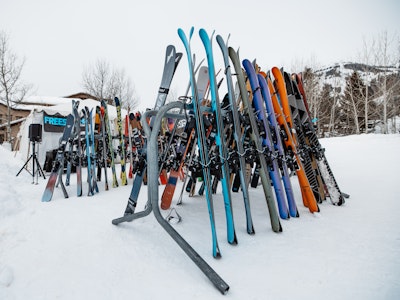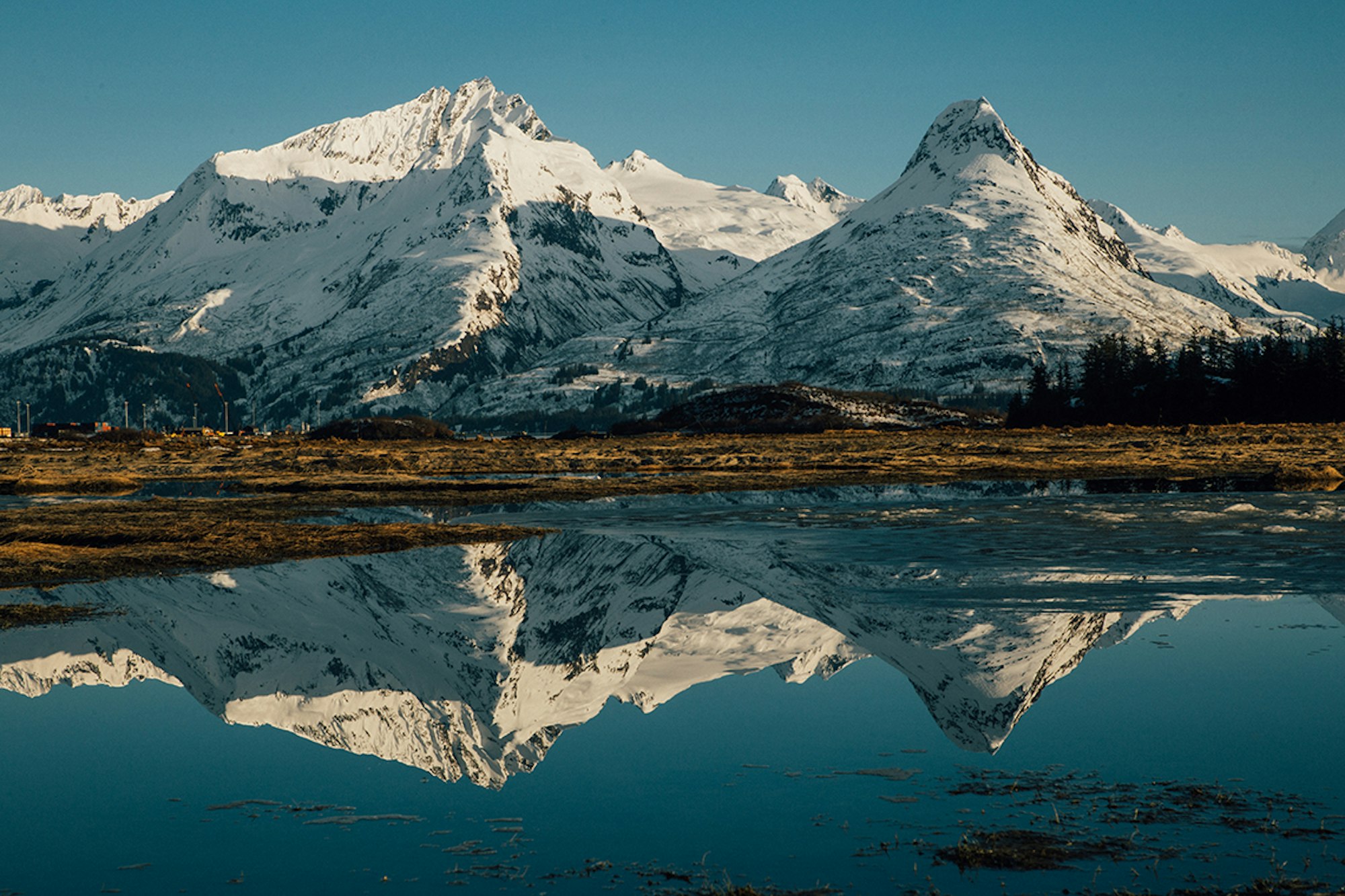Hi FREESKIER faithful! My name is Troy Murphy. I’m a 2018 Winter Olympian and ex-mogul skier who left the sport I’ve pursued for my whole life to live out my dream of freeskiing across the world. This year, I’m hitting the road to make that dream a reality. Armed with a snowmobile, camper, camera gear and some buds, I’ll chase snow all winter throughout the North American West. The chronicles of this adventure will be posted here, on FREESKIER.com. Follow along!
Sixty plus hours is a long time spent sitting in the cab of a truck. When your destination is Alaska, however, the wait is well worth the reward. Chris, my good friend and former teammate Hunter Bailey and I loaded up the truck on April 1. Armed with as many podcasts as we could download and bulk snacks from Costco, we set off for our last big trip of the season to Valdez, Alaska. After four days, two flat tires and more cups of coffee than you can count, we arrived in Alaska, my favorite place on earth. I find it hard to describe the feeling I get driving through those frost-heave laden roads. It’s big country. Miles of flat tundra race off into the distance until they abruptly jut up into mountains so large and complex it’s hard to comprehend. The last few hours of the drive into Valdez are among my favorite. To the left, the volcanoes of Wrangell St. Elias National Park reach so high and stretch so far that I often mistake them for clouds. To the right, the Eastern Alaska Range pulls southeast away from Denali, massive glaciers hang off of some of the steepest mountains I’ve ever seen. A childlike excitement sparks up inside me in this place. My nose pressed against the glass as I gaze through the window, dissecting tiny aspects of mountains you could stare at for eternity. While I simply can’t describe it, this feeling is why this is my seventh trip back here since 2012.
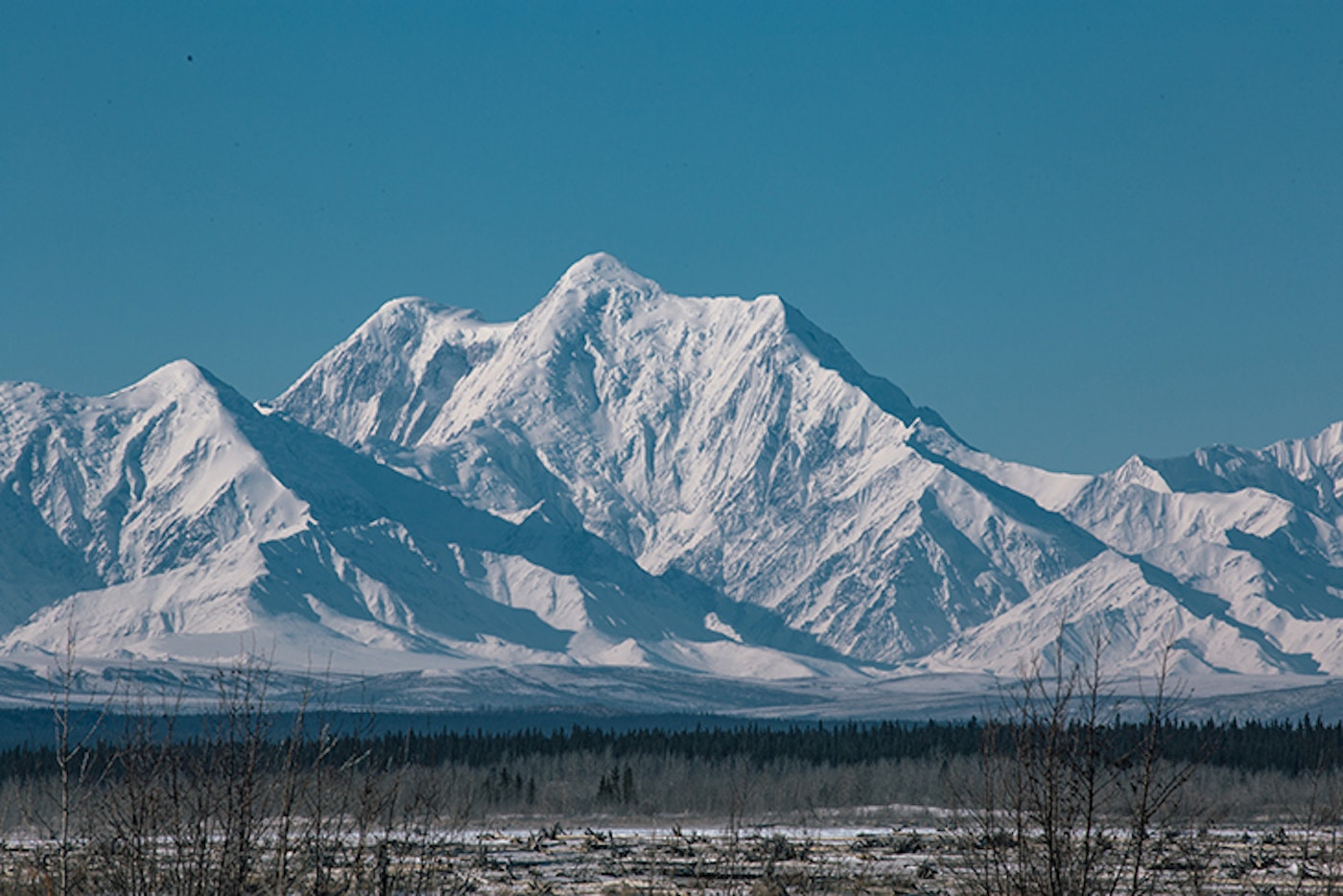
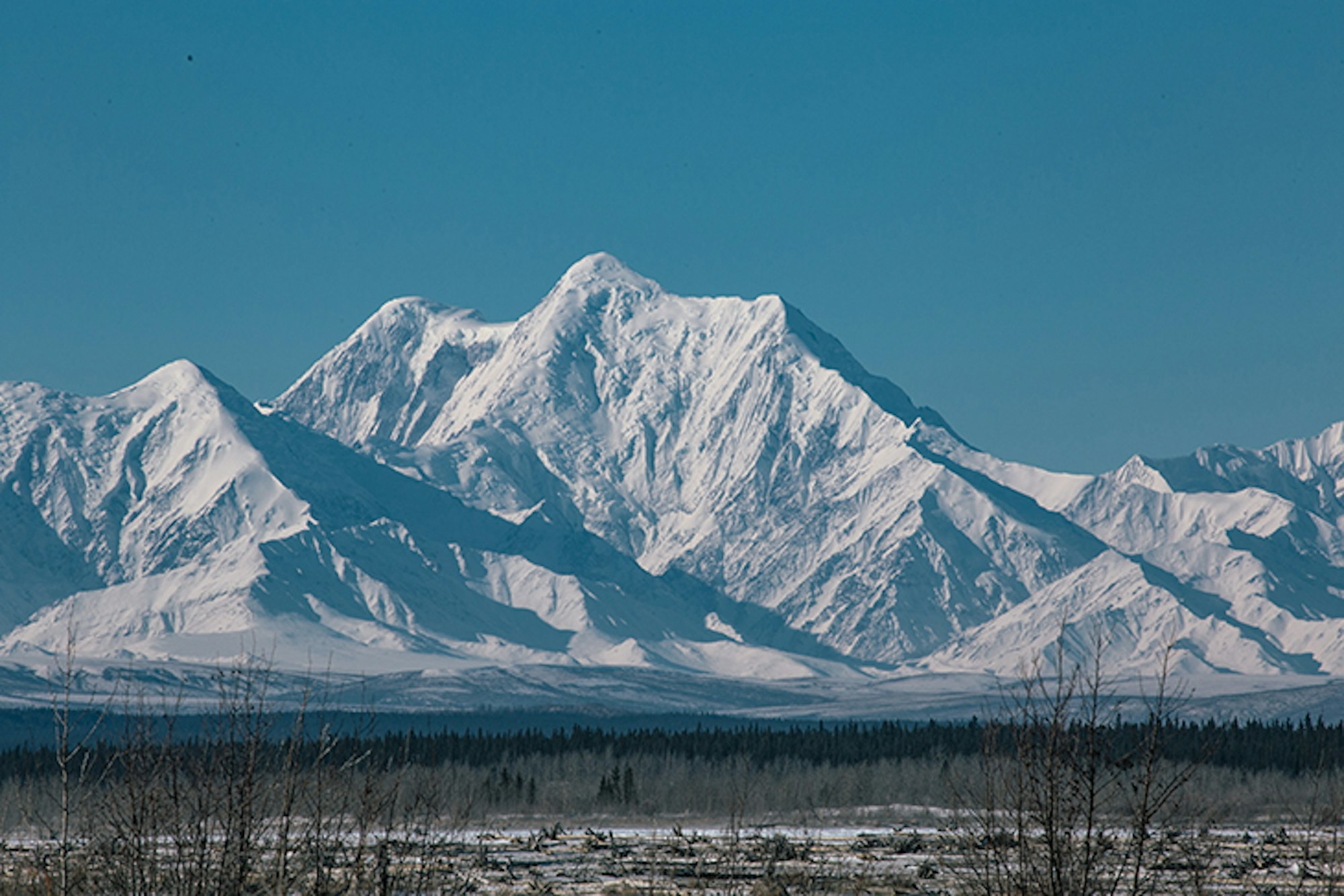
We already knew upon arrival in the 49th state that the coastal mountains (Valdez) were socked in with a storm. While this would provide a much-needed reset after 10 days of sunshine and no precipitation, it would also mean we wouldn’t be able to get out to ski for a bit. Rather than twiddle our thumbs on the side of the road in Valdez waiting it out we decided to explore some zones to the north. Our first destination was just south of Delta Junction in a lot we found off the side of the road. I’d heard this area had good riding, but this year brought oddly warm temps to interior Alaska for much of the winter. After setting up camp and hopping on the sleds to poke around, we quickly discovered that there was not a single trace of good snow in sight. A brutal cocktail of no precipitation, high winds and warm temperatures had sculpted the snow into any skier’s worst nightmare. While we did see some character from Maine named Donny taking a few runs out there on snowblades, we decided it wasn’t worth the effort, packed up the trailer and hopped back on the road.
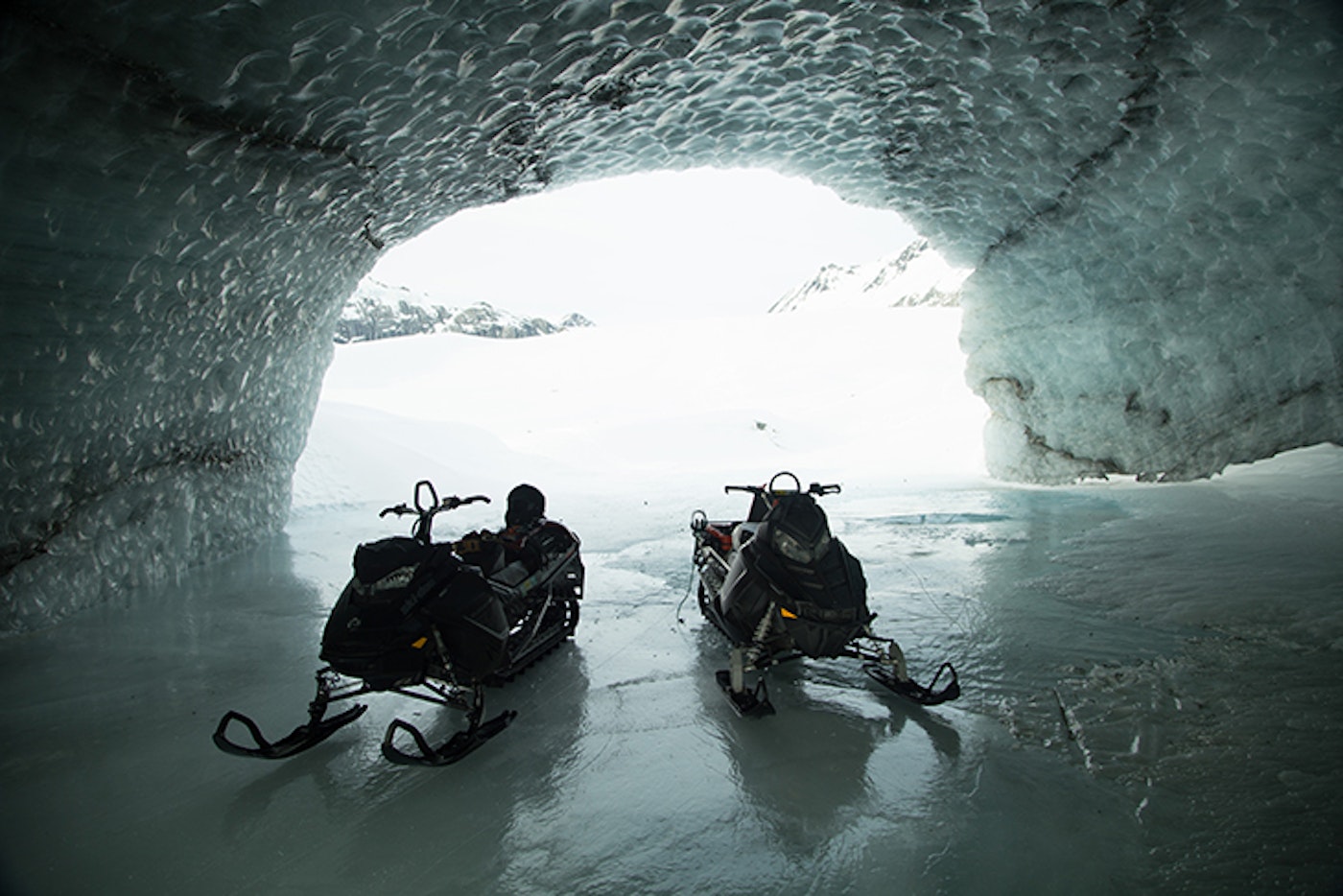
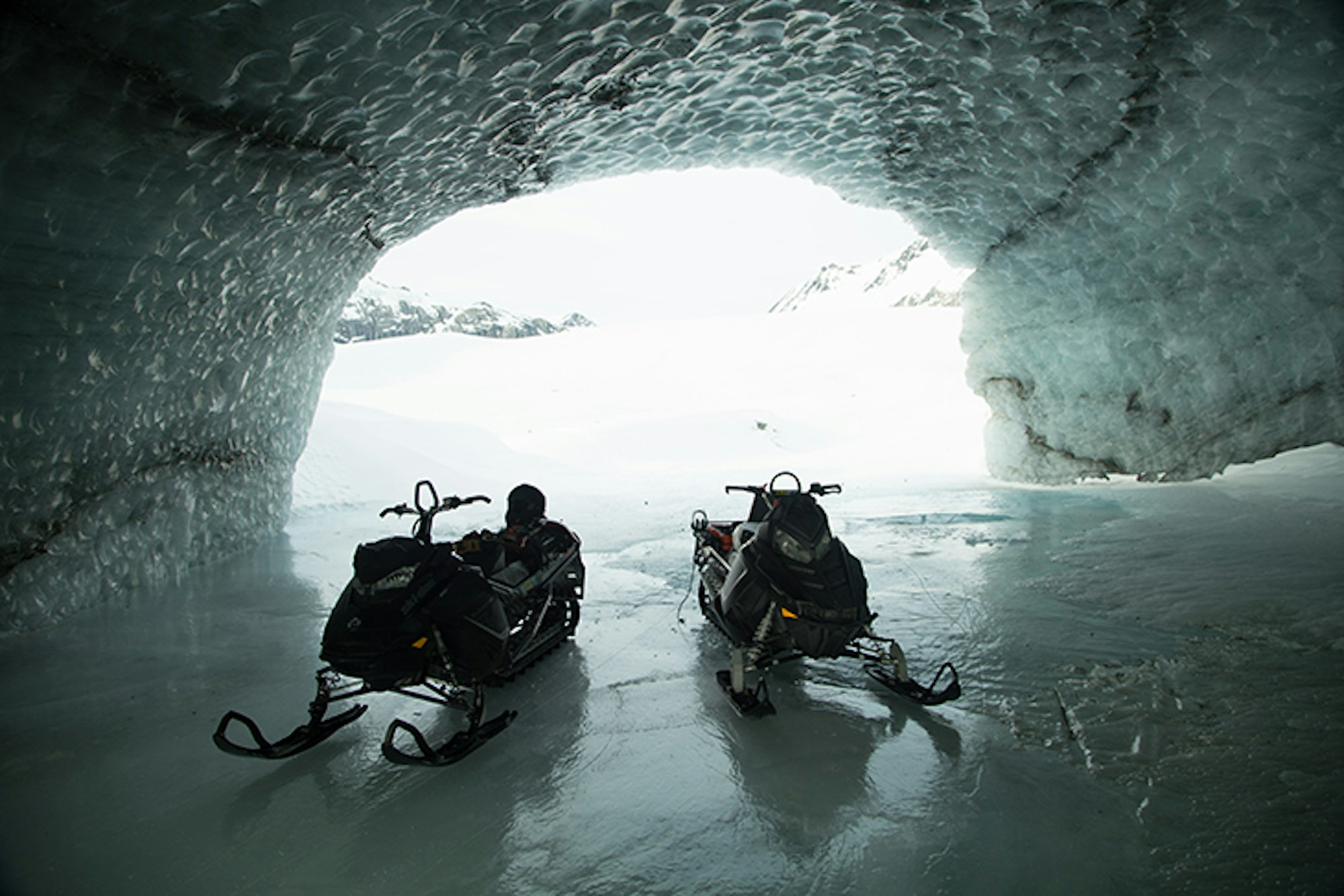
Our next plan was to drive six hours northwest to Cantwell, Alaska, after hearing from a local snowmobile dealership that conditions could be better further north. We made it as far as Fairbanks, but upon arriving in cell service and checking our phones the weather had changed back on the coast. Sun was in the forecast in Valdez, so we whipped the rig around and backtracked six hours south to the area I’ve come to know and love over the past seven years. As we neared Thompson Pass the forecasted clouds were nowhere in sight, it seemed we’d been played by the weather forecasts, but I should have known by now to never put 100 percent faith in weather models, especially in Alaska. We’d finally made it, however, and were eager to click into our skis after what had become over a week of driving and zero skiing.
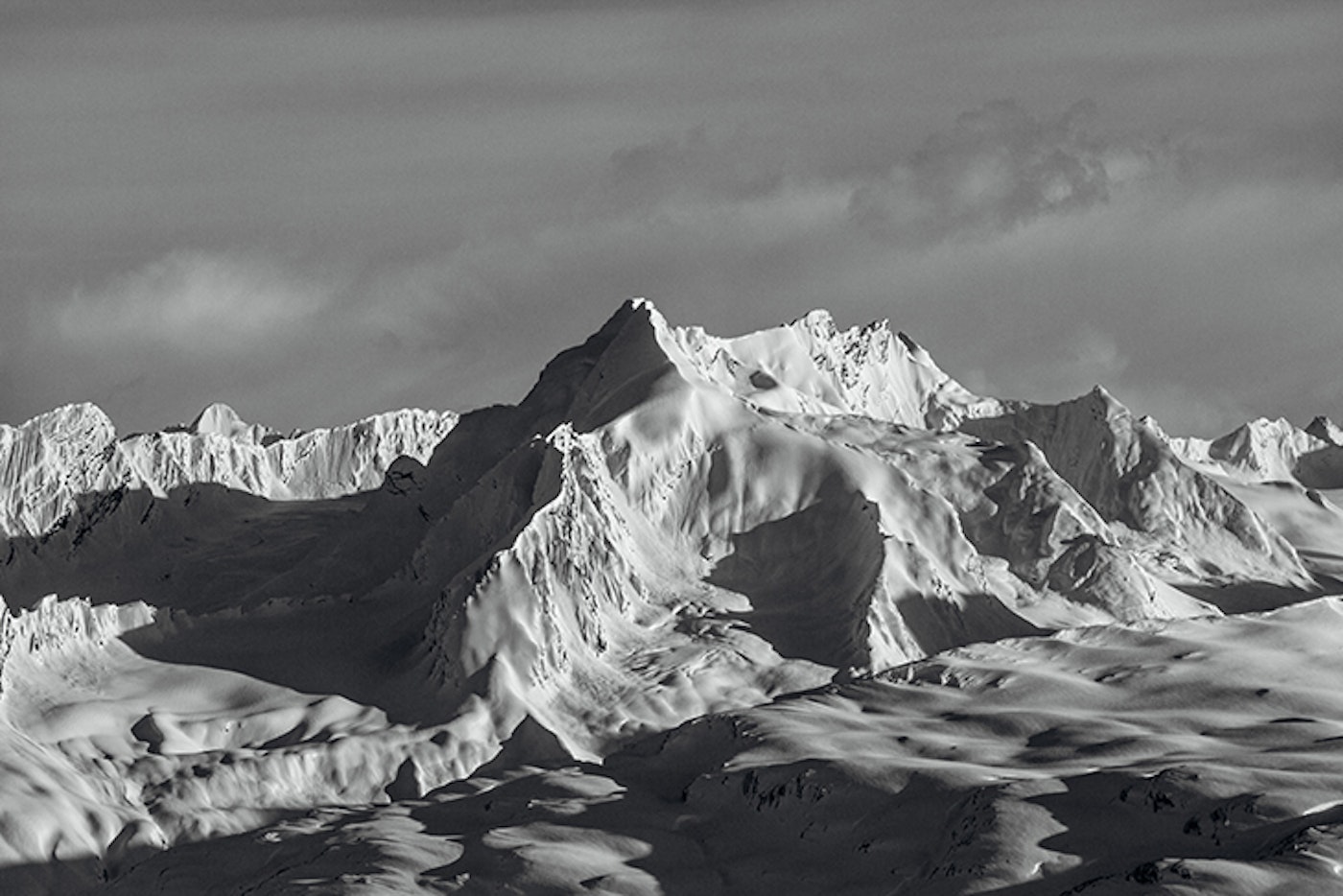
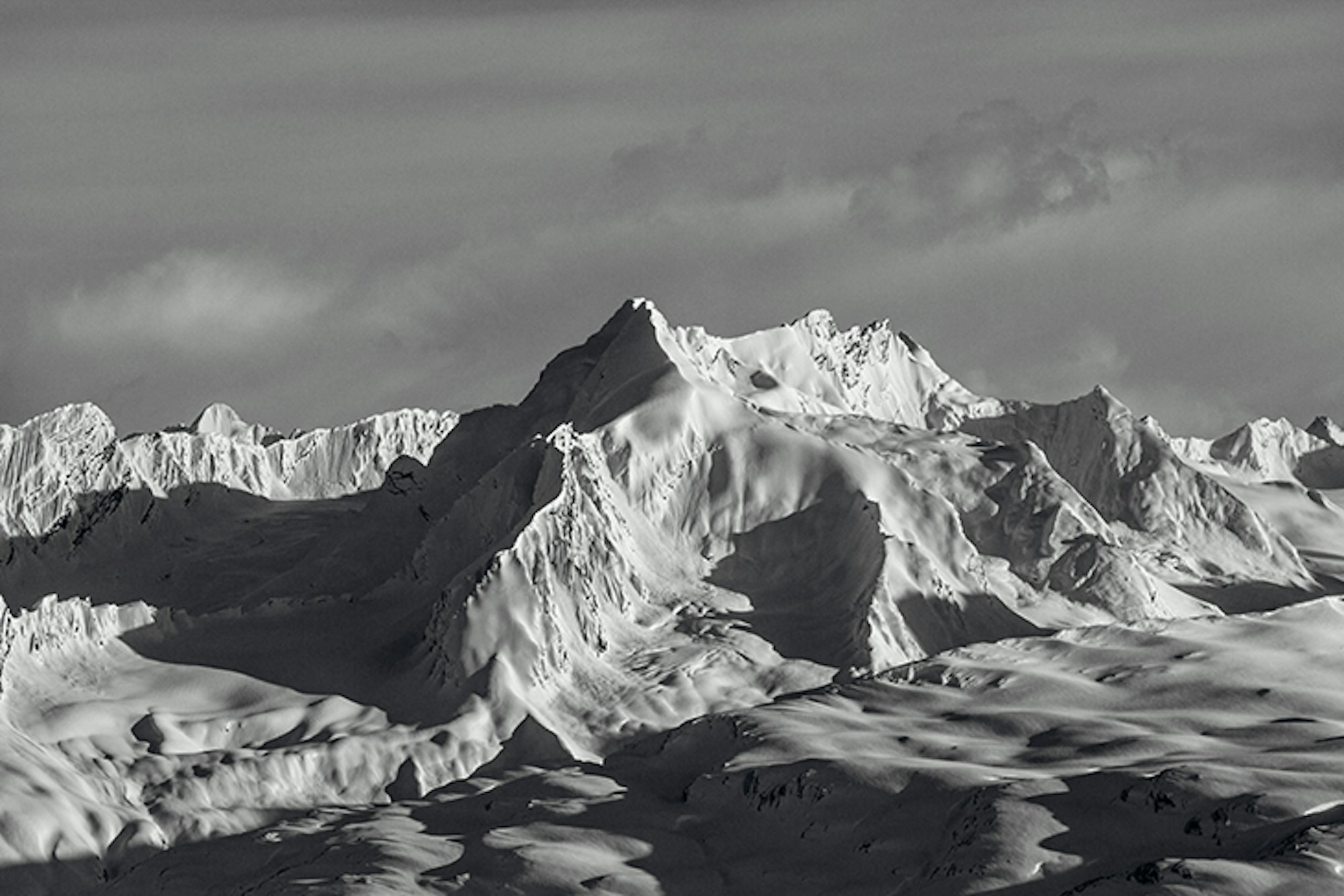
Thompson Pass offers come of my favorite views in the world. We ended up skiing zones just to the right of this frame.
As we rode up the mountainside on day one I was skeptical about what the snow had in store. We’d already had to skip our sleds across some open rivers down low where normally you can ride across on snow bridges. As we weaved up through the creek beds and gullies to get into the alpine things were looking bleak. It had clearly rained, and there was much more exposed vegetation than I was used to seeing. As soon as we hit the freezing line however, my outlook changed. Snow depths got deeper and the surface became softer, cooling our sleds after a long, hot ride up the mountainside. We dropped onto a glacier and morale instantly jumped to a ten. Nearly waist deep pow plowed over the hood of our sleds as we carved across the glacier. Chris was on cloud nine. He’d never seen this deep of snow in this open of an environment, and his sledneck fever couldn’t be curbed. Eventually, we got him to stop doing donuts and actually ride across the landscape to the back wall where I had a small slope in mind to test stability and get our feet underneath us. After a couple small storm slabs pulled out on our test slope we knew we’d have to give the mountains more time to settle, so it was back to faceshots by snowmobile.
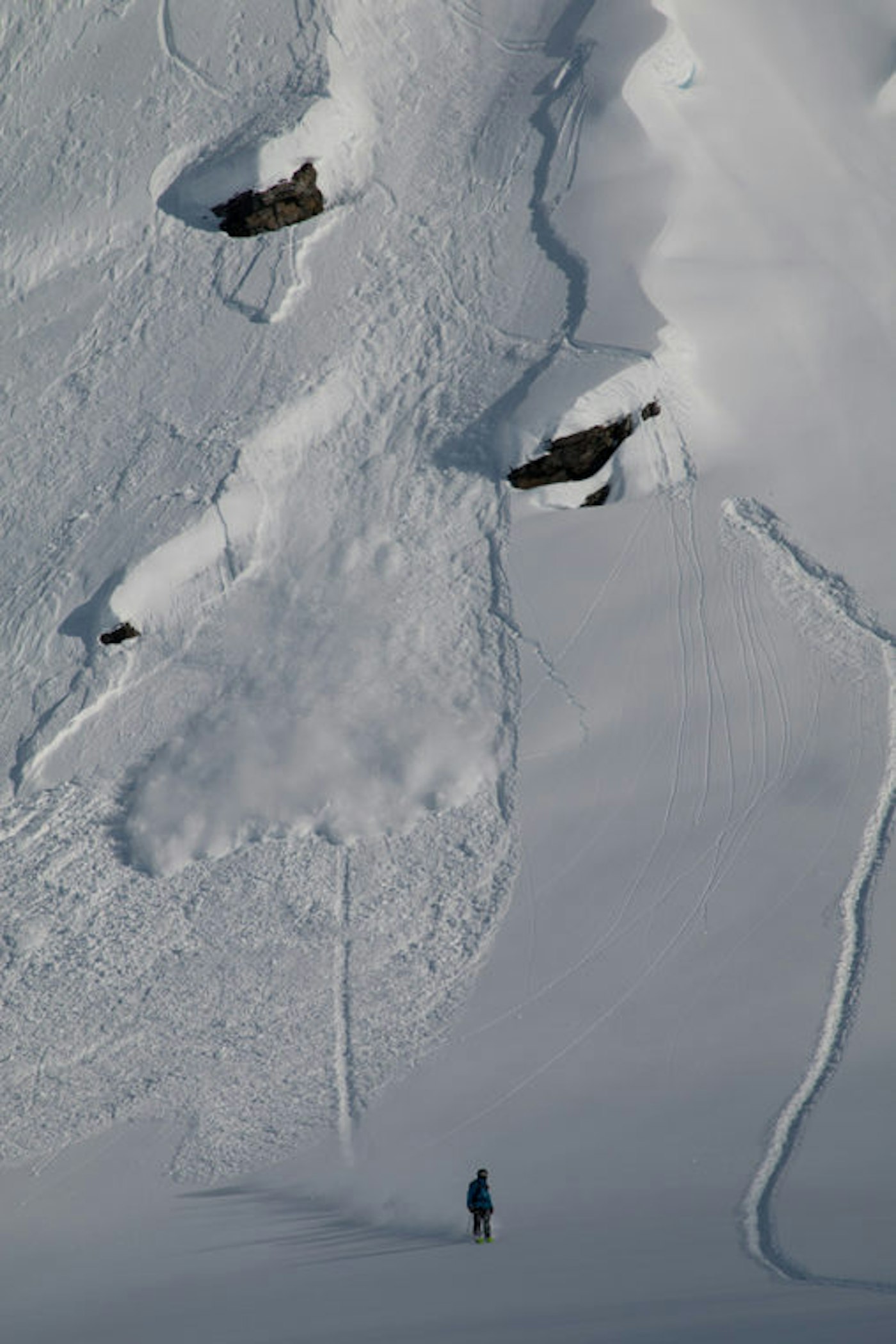
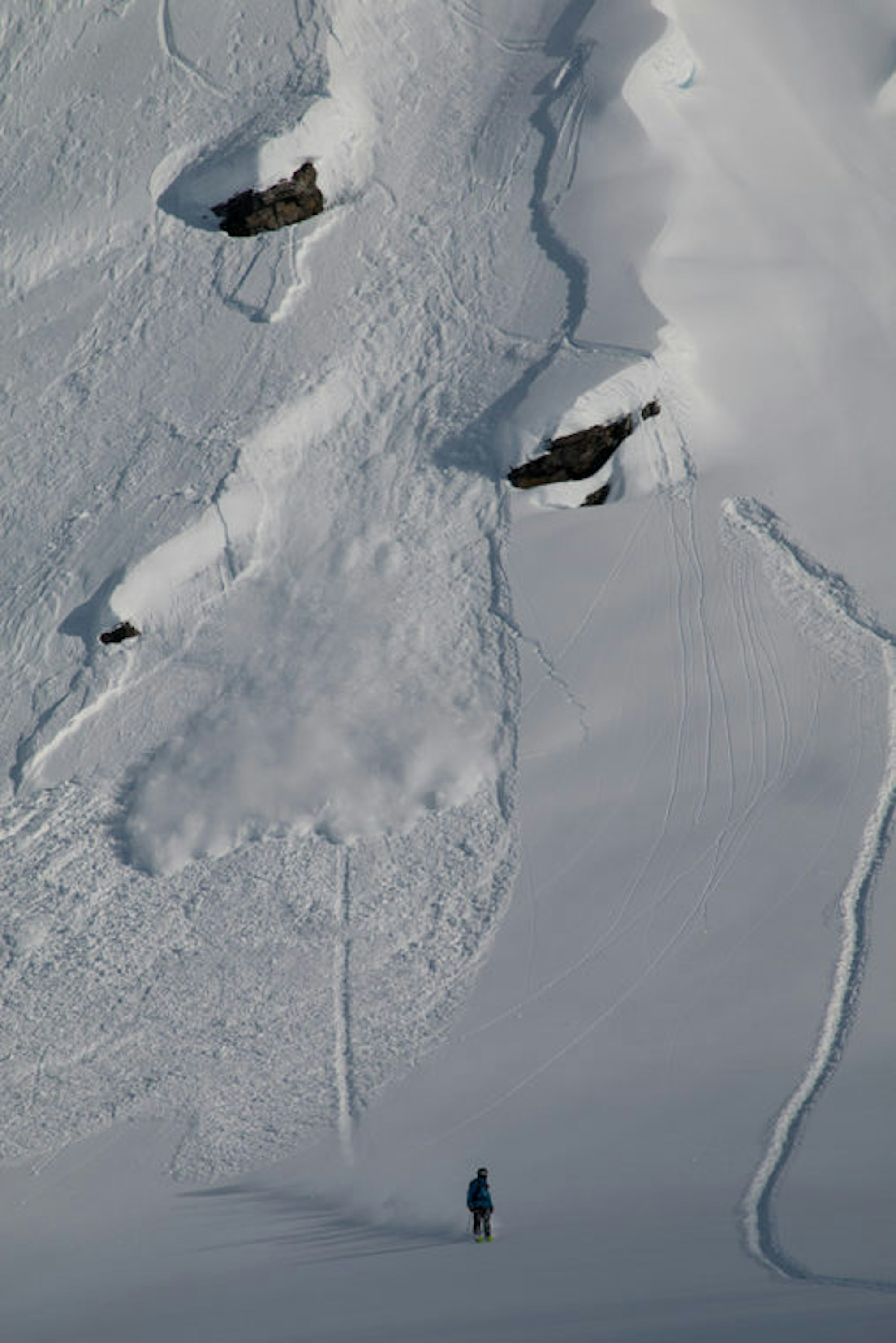
A few days later, after more tip-toeing in the mountains and sitting out as a short storm moved through, it was time to tee off. We’d spoken with some friends and heli guides in the area and things had seemingly settled out. We had what looked to be a four-day window in front of us before the next storm rolled into town, and we were going to make the most of those days. I set a goal of skiing at least three runs a day, each day. That doesn’t sound like a lot, but can sometimes be a high calling in Alaska when you’re tackling everything by snowmobile and on foot. First of all, each day requires a late start. The low elevations go through a melt-freeze cycle every day, and if you try to ride out of camp at 7 a.m. you’re going to run into a rude awakening. With the lack of soft snow, your sled overheats every three minutes and you can’t climb any of the hills because they’re a sheet of ice. We usually jumped on the sleds at around 11 or 12. An hour snowmobile ride to get to the zones is fairly standard and can include river crossings, bushwacking, multiple stops to cool down the sleds and steep hill climbs. Once you’re out there it’s time to scope all the lines, make a decision on what you want to ski, unload the camera gear and set up your backpack for the long hike in front of you.
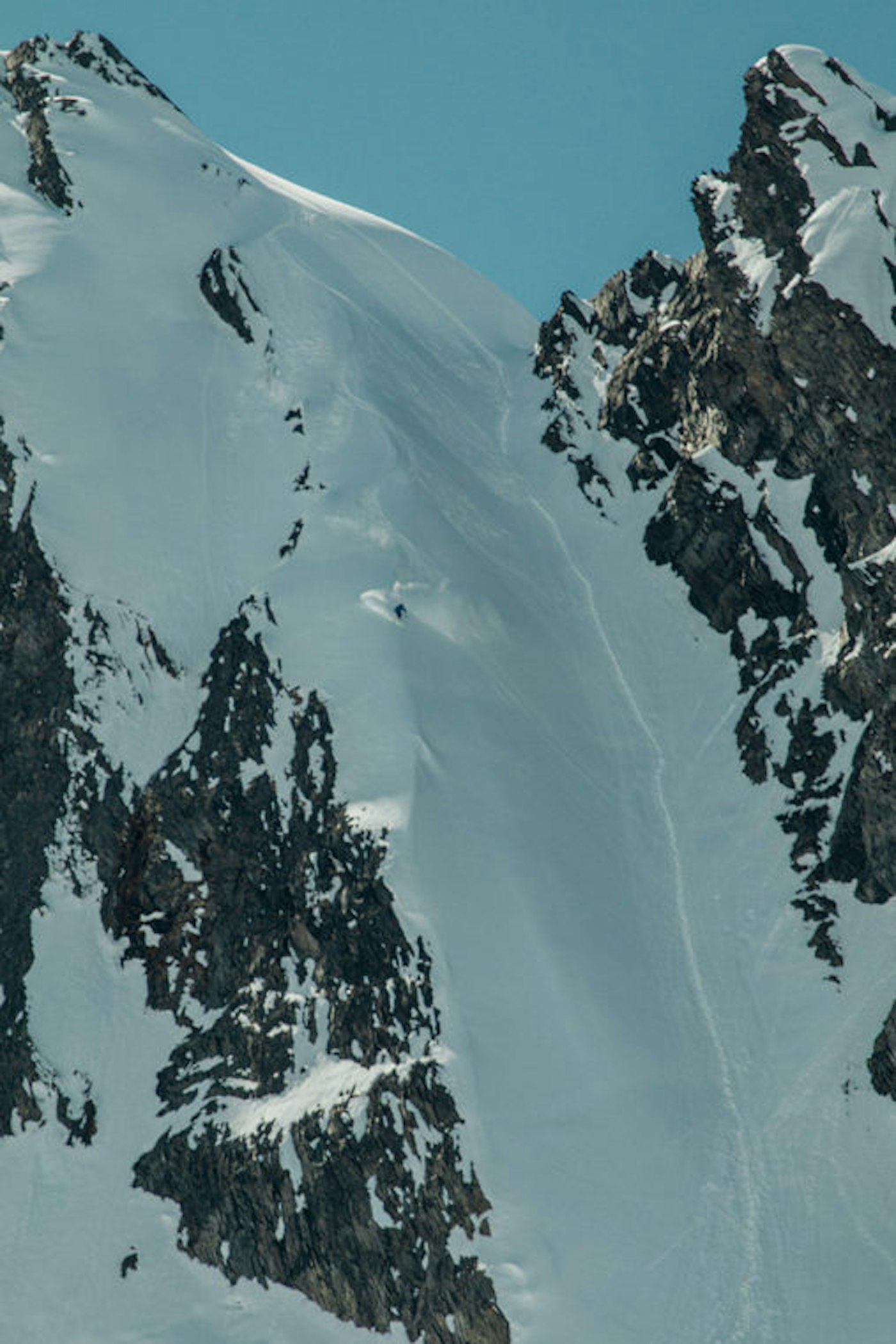
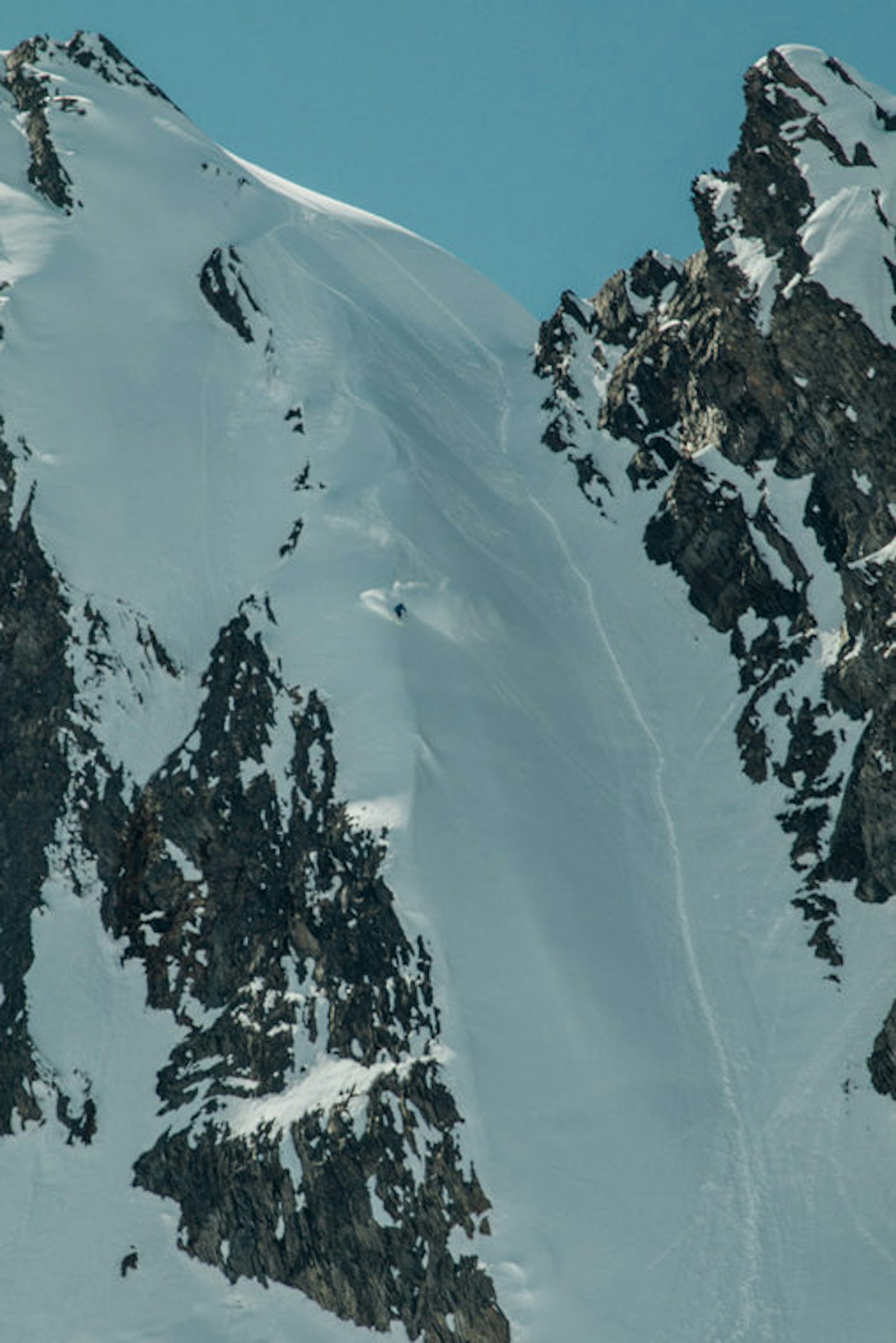
The hike to the top is the most laborious and oftentimes scariest part of the day for me. It’s a minimum 45-minute climb straight up the face. Once you start to get toward the top you feel quite exposed. The mountain falls away on both sides at 45 plus degrees, a fall here would not be good. When you finally top out you’ve got to switch your gear back over to ski, study your line from the photo you took on your phone at the bottom, and call down for your drop in. The first turn is the scariest, usually taking you over a blind roll until you can see the remainder of your line. Once that turn is out of the way everything goes quiet, your brain kicks into autopilot as you fly down the face. It’s all over in about 30 seconds, but it’s the most rewarding, adrenaline-filled 30 seconds of your life. Repeat that process two more times and I’ve made my three-run goal. If you add it all up that comes to about five hours of work with one-and-a-half minutes of play, and that doesn’t even factor in the ride home. We’d usually make it back to the camper around 8 or 9 p.m. A long day, but the accomplishment you feel after making it all happen is well worth it.
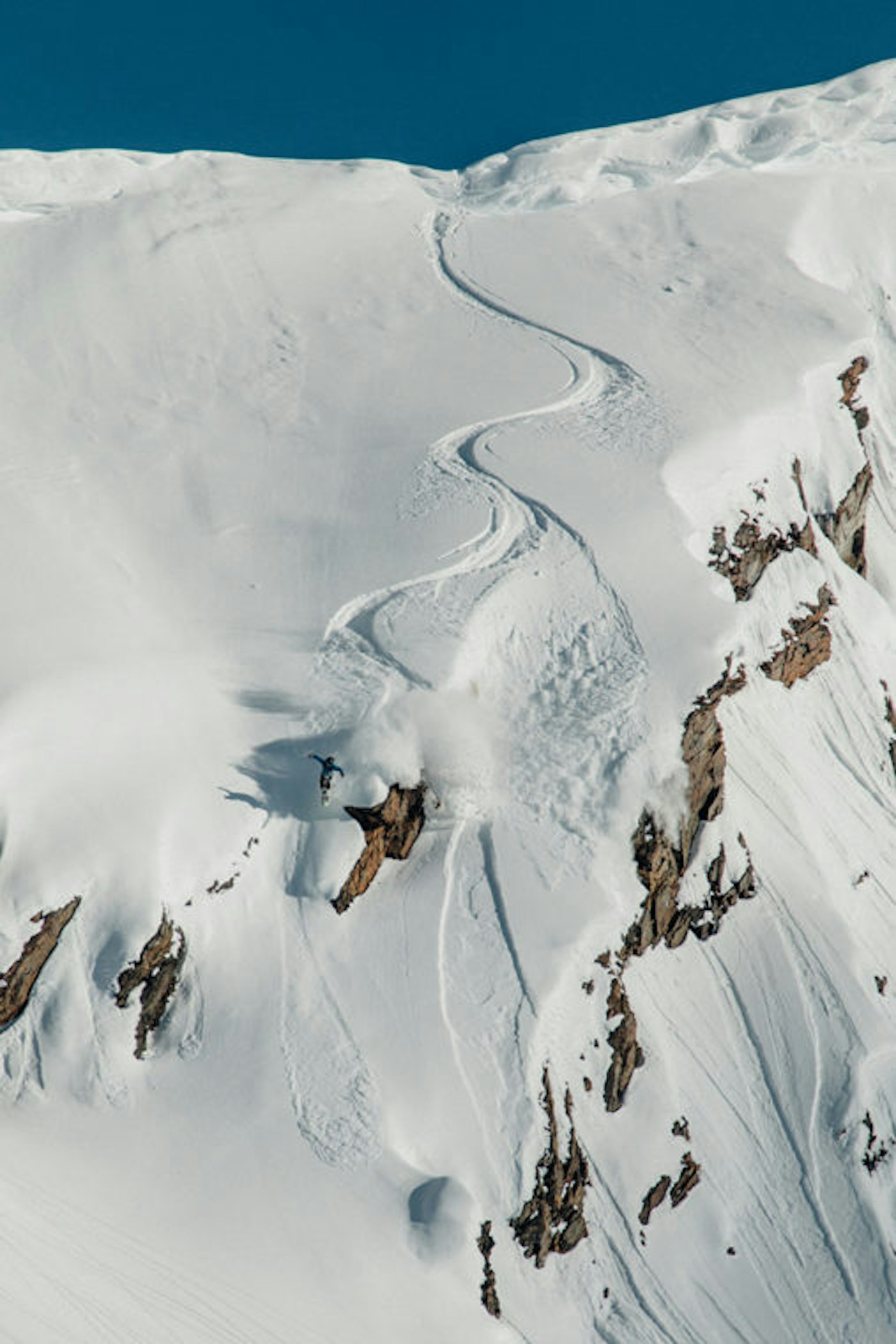
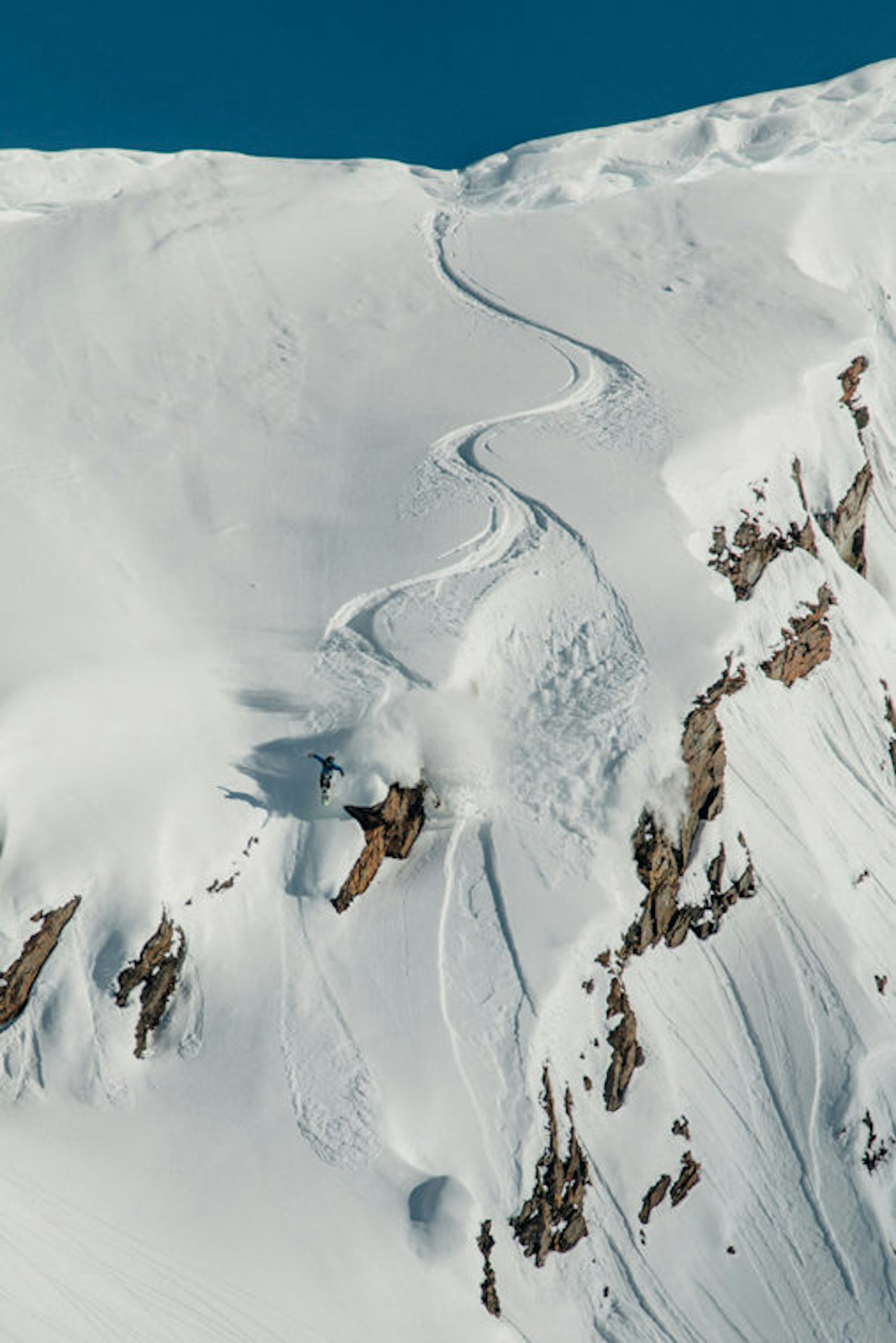
Our four-day window was everything I could have hoped for. Each run held five-star powder, the conditions everyone dreams of finding in Alaska. We rode further onto the glaciers than I ever have before, riding beside and beyond zones I’ve been exploring for the past seven years. The deeper you ride, the more you realize how vast the opportunities this mountain range can afford you. Peaks stretch out for as far as the eye can see, and if you could get there, you could ski them. If only I had a personal helicopter.
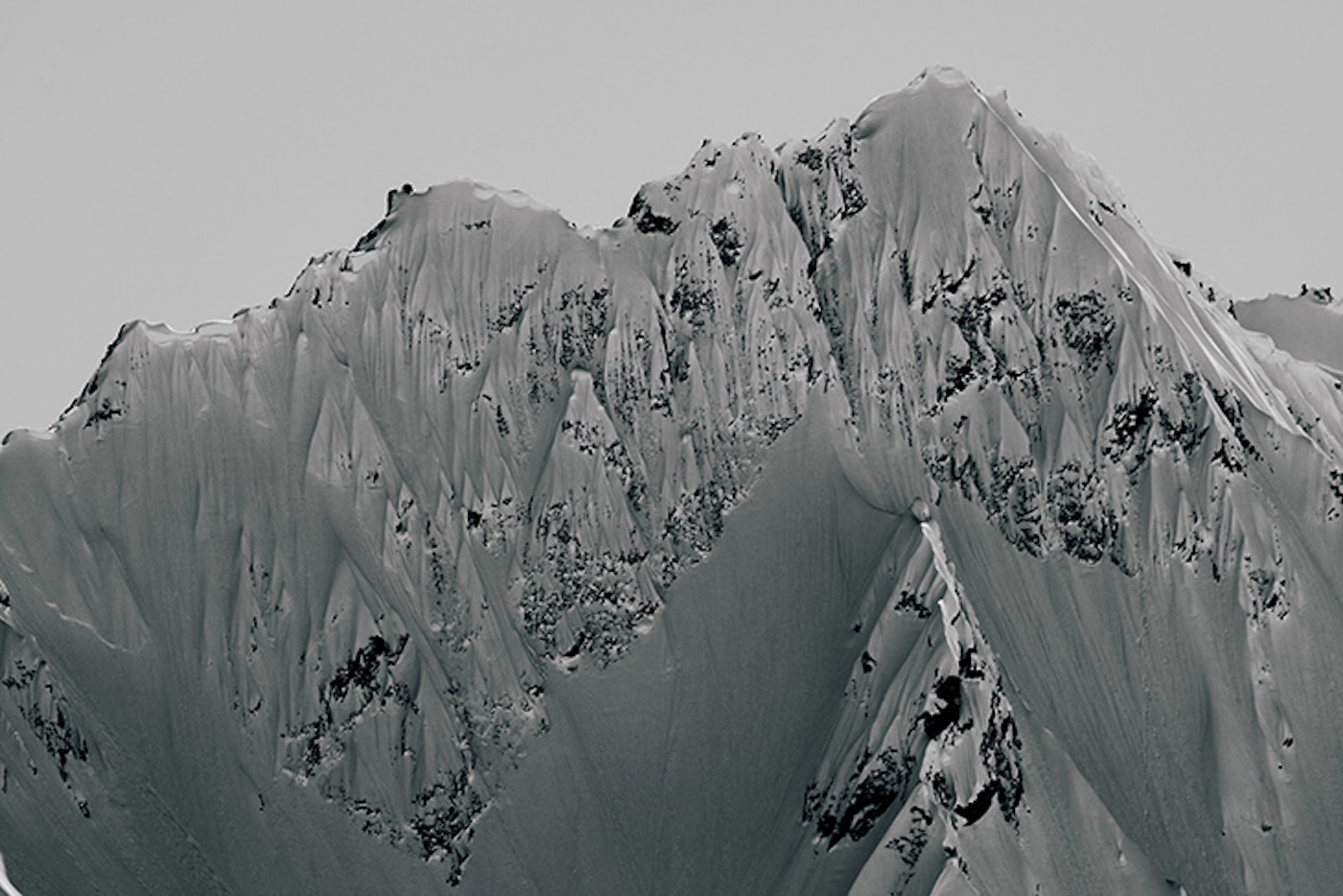
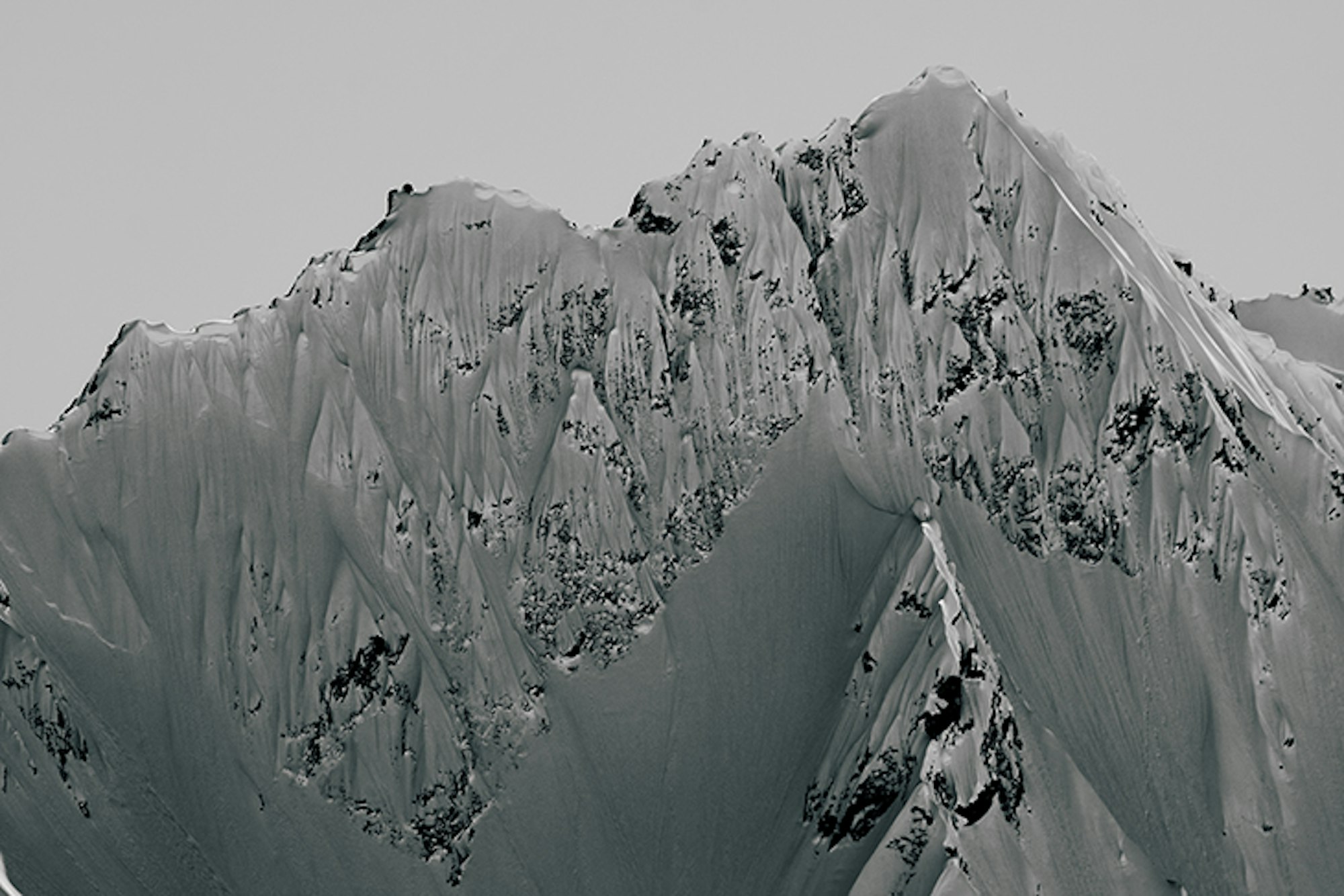
Unfortunately, the weather forecast was right this time. We awoke on the fifth morning to cloudy skies. With no glimpse of sun in the forecast and about a week’s worth of amazing days in the backcountry, we decided it was time to start the long slog back. Given the amount of time we spent driving, waiting around and unsuccessfully trying to ski, a mere week of skiing doesn’t seem worth it. But if you were out there, standing on those remote glaciers surrounded by nothing but perfect lines, you’d be willing to put in all that effort even for just one quality day. That’s the power of Alaska’s spell. A spell I cannot escape.
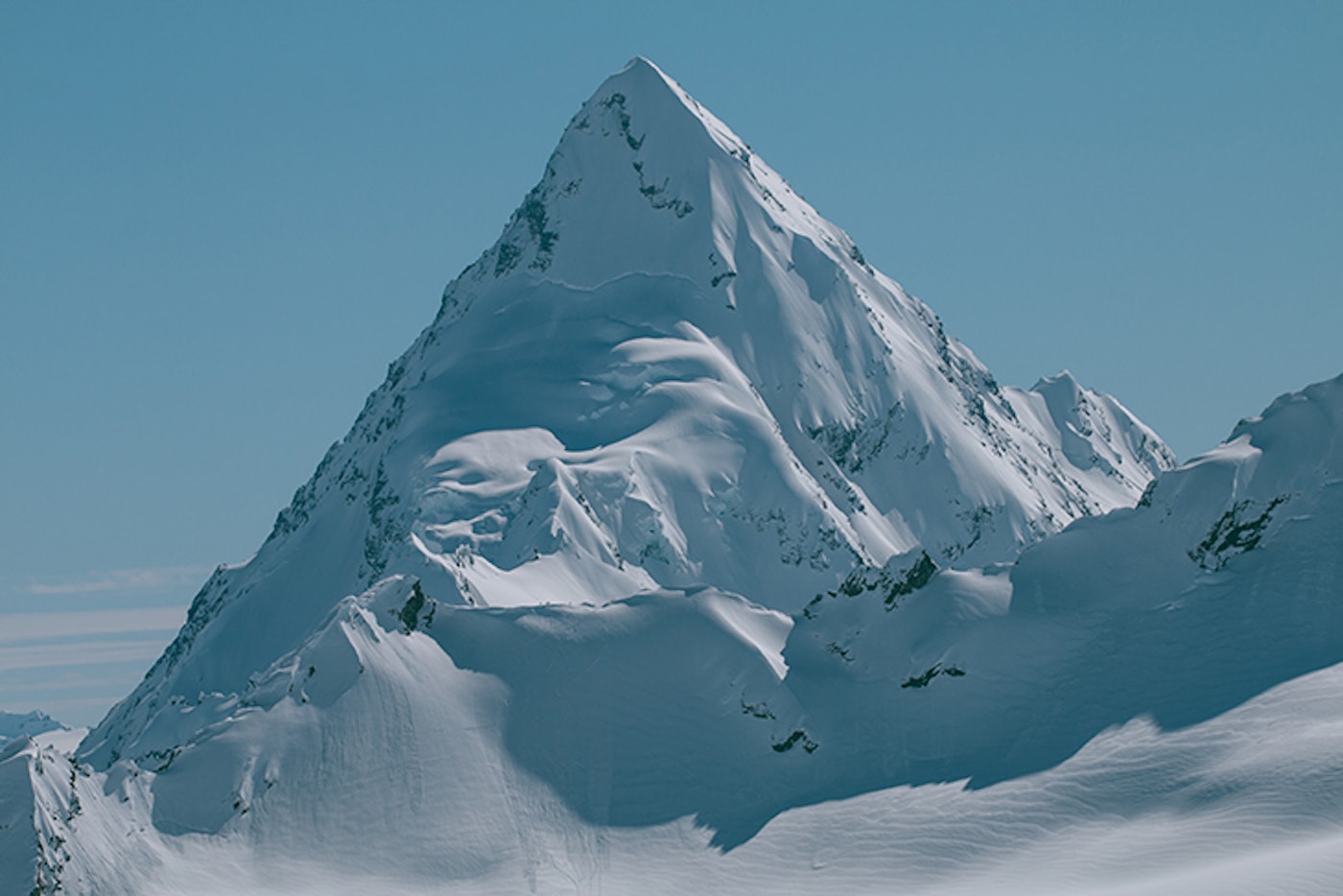
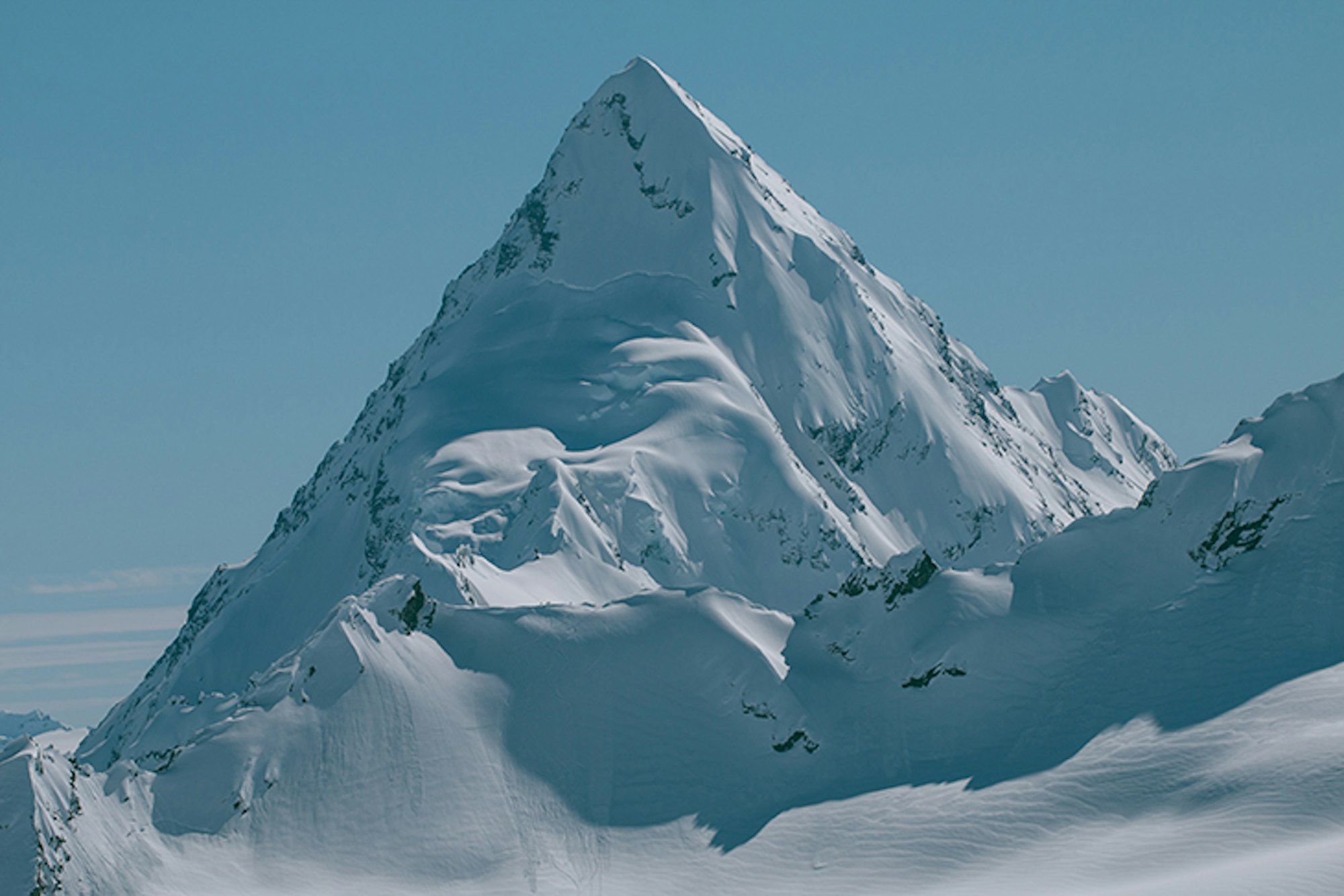
The infamous Pontoon Peak. There’s a heli group on the small ridge in the front of the frame for scale.

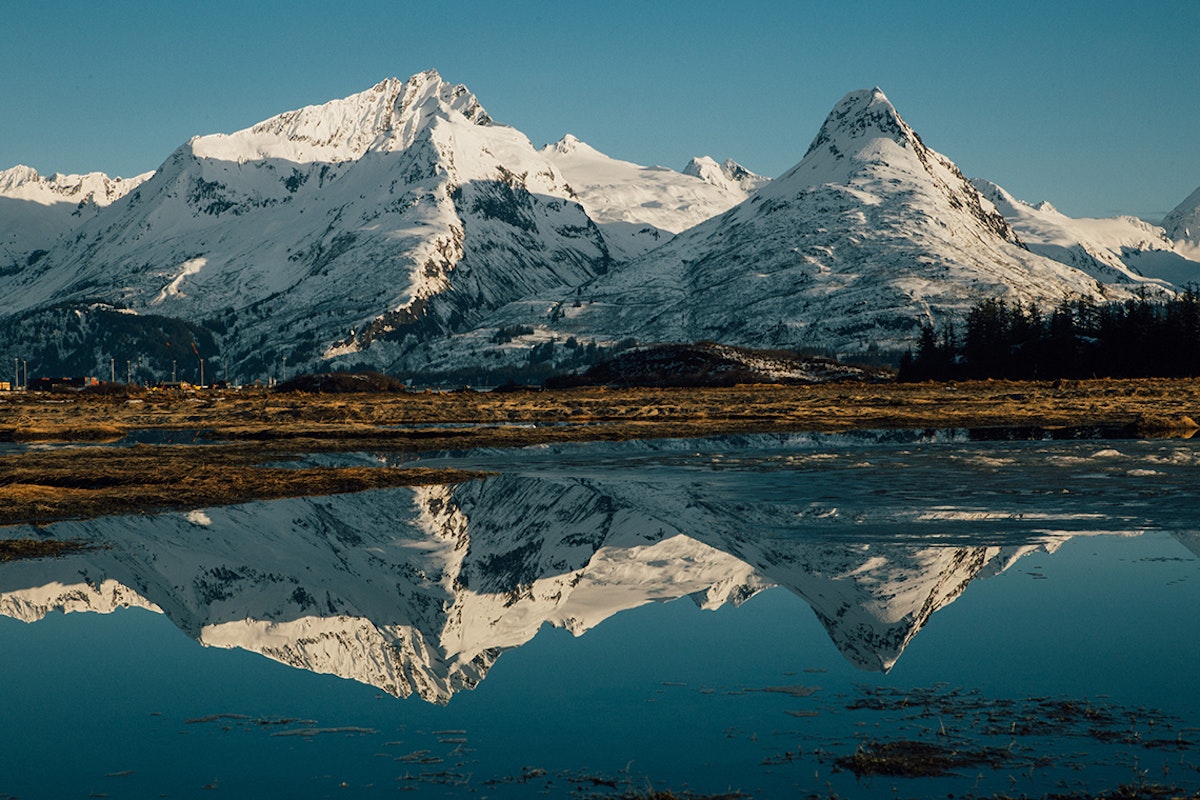
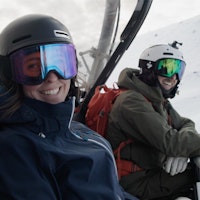
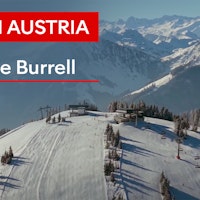
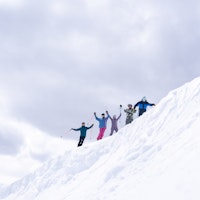
![[GIVEAWAY] Win a Head-to-Toe Ski Setup from IFSA](https://www.datocms-assets.com/163516/1765920344-ifsa.jpg?w=200&h=200&fit=crop)
![[GIVEAWAY] Win a Legendary Ski Trip with Icelantic's Road to the Rocks](https://www.datocms-assets.com/163516/1765233064-r2r26_freeskier_leaderboard1.jpg?auto=format&w=400&h=300&fit=crop&crop=faces,entropy)
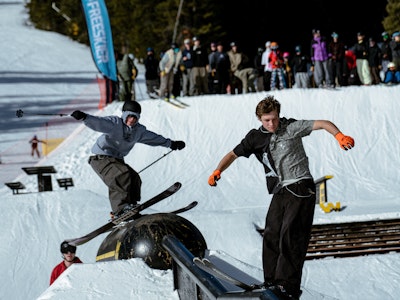
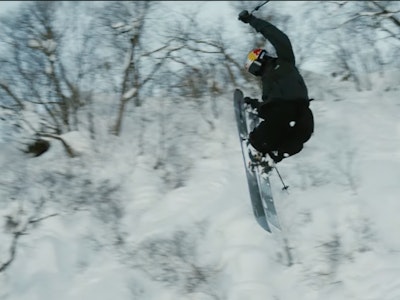
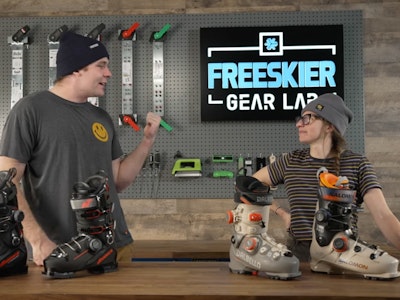
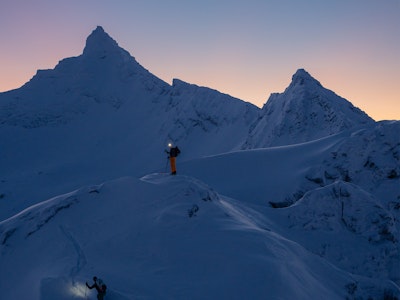
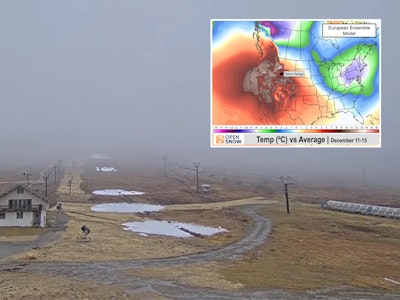
![[GIVEAWAY] Win a Head-to-Toe Ski Setup from IFSA](https://www.datocms-assets.com/163516/1765920344-ifsa.jpg?auto=format&w=400&h=300&fit=crop&crop=faces,entropy)
